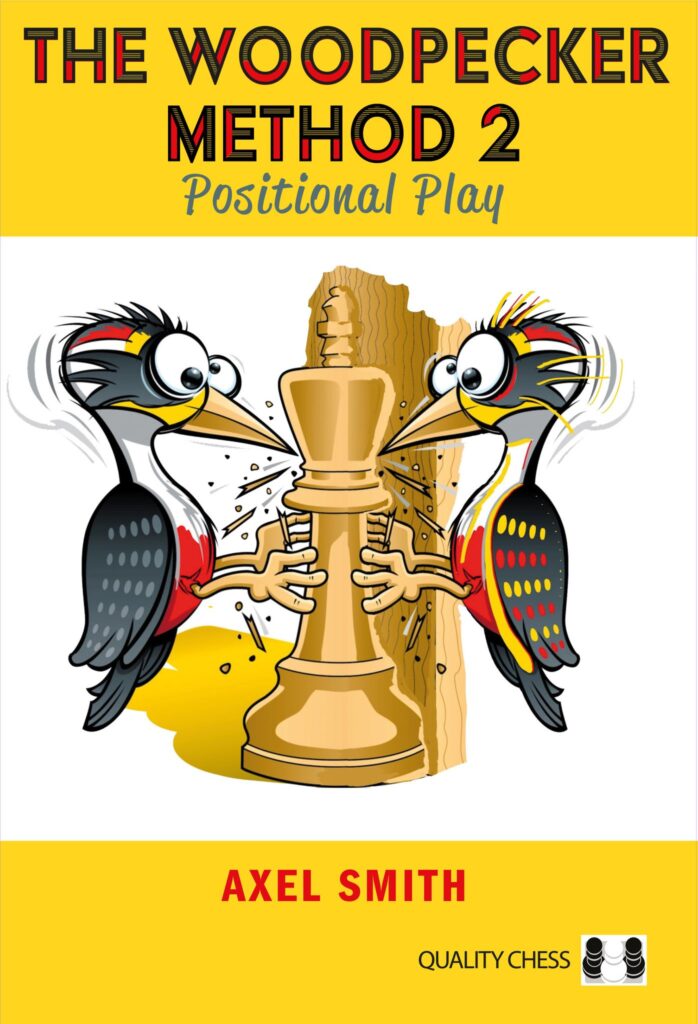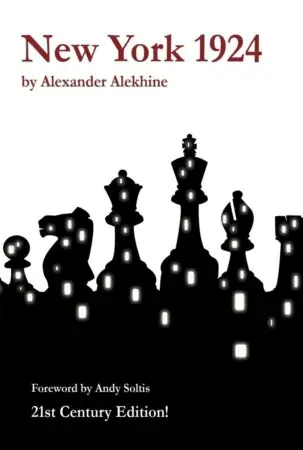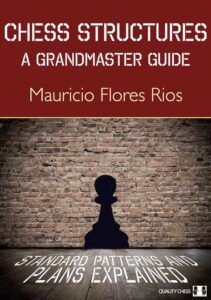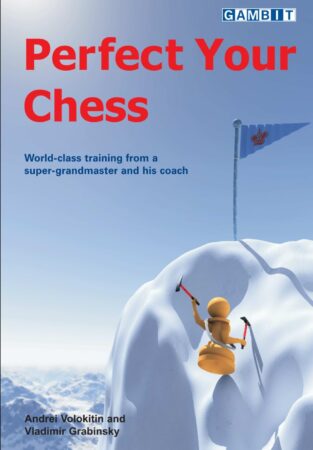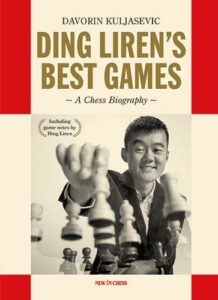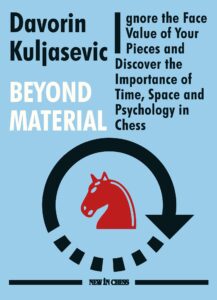The Woodpecker Method, originally developed by Hans Tikkanen (literally meaning a small woodpecker or a dart), is a nowadays well known and widely accepted method of improving using spaced repetition. The original Woodpecker Method, published in 2019, is a workbook in which Tikkanen’s method applies to tactical training. He himself solved more than a thousand tactical problems over and over again, becoming faster and more efficient each time, thus strengthening his pattern recognition. That led to him winning three GM norms in a space of a few weeks! Using that as proof that the method works would be a black swan type of logical fallacy, but it is certainly a good indicator that spaced repetition could be a very useful tool in chess (and in life).
The Woodpecker Method 2 is the result of Axel Smith applying the same idea of spaced repetition to positional play. It’s a puzzle book of problems with positional and strategic themes. Unlike its predecessor, which focused on tactics, I think this volume deserves a lot more praise. Firstly, since tactics books are abundant, one can hardly complain that there isn’t enough available material. Albeit unique in its approach, the original Woodpecker Method is one of many available tools for improving tactical pattern recognition. The Woodpecker Method 2 is a rare beast indeed. There are very few puzzle books with positional problems. Another reason the second volume seems to me to be of great value, is that spaced repetition has never before been applied to something as complex and as vast as positional chess understanding.
The Woodpecker Method involves solving the same set of problems again and again, until you become efficient. The book contains a thousand positions, divided into subsections, each from a real game, mostly played by World Champions. The first part of the book is devoted to pawn structures. It focuses on teaching the reader everything of significance in every major structure. The second part focuses on positional themes outside of specific structures. Each section is subdivided into three parts in increasing order of difficulty, making The Woodpecker Method 2 suitable for players of almost any level.
What I like about The Woodpecker Method 2 the most are three types of positions you rarely get to solve in other puzzle books; positions in which you are worse, positions with multiple good moves or ideas, and positions in which an engine evaluates several lines equally. Those three types of positions, combined with the fact that all problems in the book are positional, would make a Venn diagram cross section miniscule. Therein lies the true value of the book.
The method is as follows: you are to solve as many positions as you can in four weeks, making all the positions you’ve gone through your set. After a short break, you are to solve the same set in two weeks, halving the solving time. After that, you repeat the last step until you’re able to solve the set in one day.
I have gone over every problem in four weeks. Smith says in the introduction that the completion rate is of lesser importance than trying to solve as many problems as you can, but I kept score anyway. As I went through the process of cutting the solving time in half my results were as follows:
Cycle 1: 22 days, 1000 positions, 67% completion rate
Cycle 2: 11 days, 1000 positions, 87% completion rate
Cycle 3: 5 days, 1000 positions, 88% completion rate
Cycle 4: 2 days, 1000 positions, 97% completion rate
Cycle 5: 1 day, 1000 positions, 98% completion rate.
I don’t know how other people usually do, but I felt like superman by the end of the exercise! As a disclaimer, I should say that I’ve never gone through the first book on tactics in as much detail, and have never completed the entire set on tactics. I plan to!
The Woodpecker Method is definitely a great experiment and one of the most captivating problem books I’ve ever gone over. There is something in getting a small dopamine rush when you complete a task that’s a part of a greater goal. You feel driven and motivated, and you wanna do well. I would recommend that you try it. Good luck!

